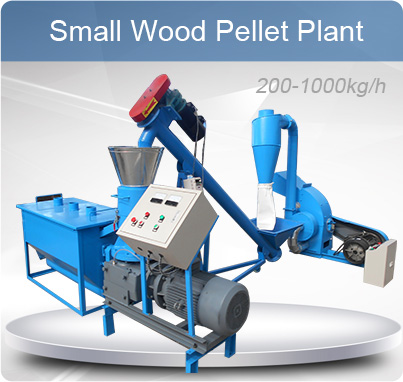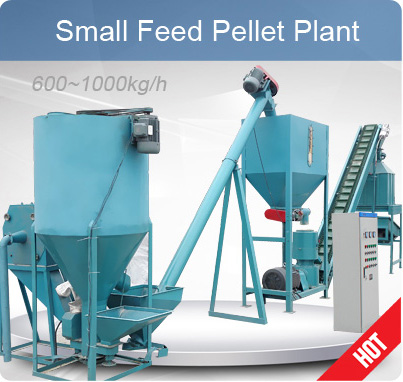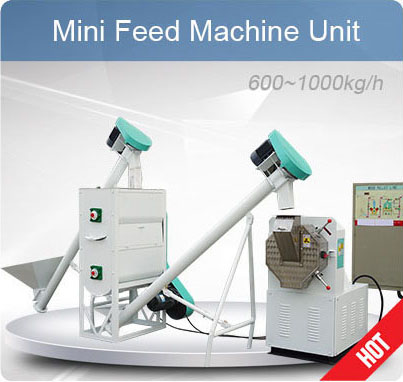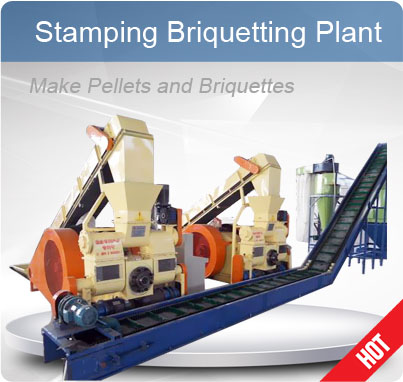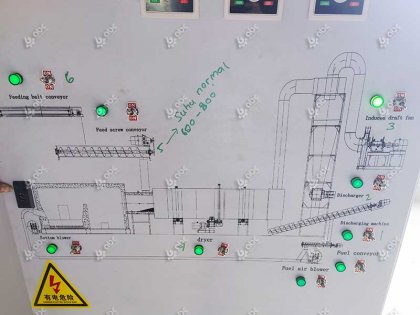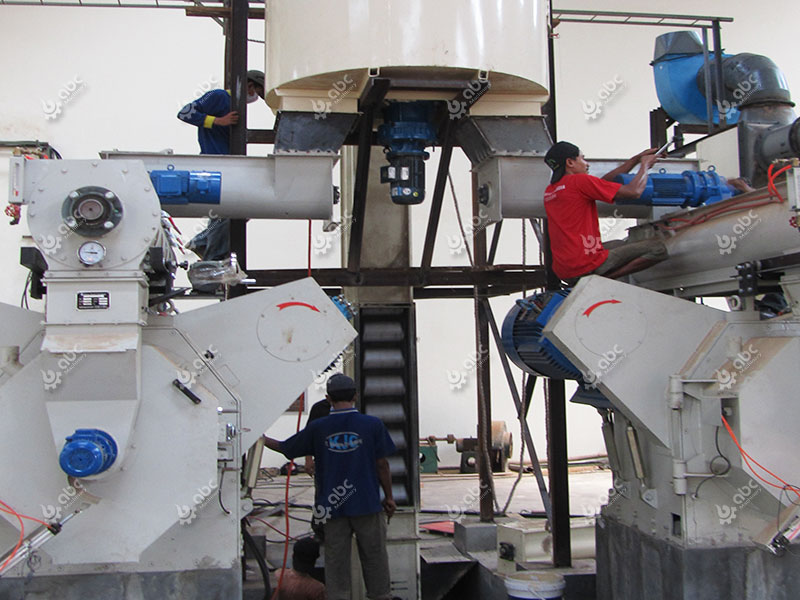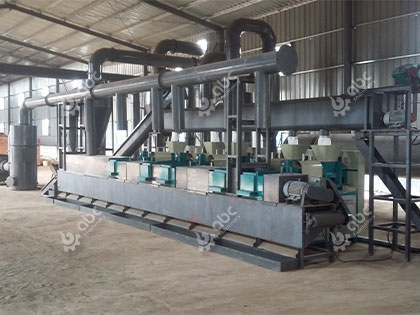Understanding Cooling and Solidification Steps in RDF Pellet Production
The RDF (Refuse Derived Fuel) pellet production process includes several critical stages, with cooling and solidification being key to producing durable and efficient pellets. Cooling is necessary to reduce the temperature of the pellets after they have been shaped and compressed. Solidification is equally important, as it strengthens the pellets, ensuring they retain their shape and integrity during handling, storage, and transportation. The effectiveness of these stages is influenced by several factors, including temperature control, humidity, airflow, and cooling equipment choice.
The cooling phase can significantly impact the energy consumption of the process. According to industry reports, an optimized cooling process can reduce energy costs by up to 15%. Furthermore, effective solidification can increase the durability of RDF pellets by 20%, which is crucial for meeting quality standards.
Factors Affecting Cooling Efficiency
Cooling efficiency depends on factors such as the ambient temperature, the cooling system design, and airflow patterns. A well-designed system can reduce the time needed for pellets to reach the desired temperature, improving overall production speed. Additionally, temperature consistency during the solidification process is vital to ensure uniform pellet strength.
Key considerations for cooling optimization include:
- Airflow Regulation: Proper airflow management ensures consistent temperature distribution across the entire batch of pellets.
- Cooling Time: Extended cooling times can lead to increased energy consumption, so balancing cooling speed and energy efficiency is critical.
- Humidity Control: Humidity levels affect both cooling and solidification, influencing pellet quality.
By investing in high-efficiency cooling systems, manufacturers can improve output and reduce operational costs.
Selecting Cooling Technologies and Equipment for RDF Pellet Production
Choosing the right cooling technology and equipment is critical for achieving optimal cooling efficiency in RDF pellet production. Several technologies are available, each with its benefits and drawbacks depending on the production requirements.
- Air-Cooled Systems: Commonly used for RDF pellet cooling, air-cooled systems are energy-efficient and easy to maintain. However, they may require larger installation spaces.
- Water-Cooled Systems: These systems use water to absorb heat, allowing for faster cooling. They are more compact but require higher initial investment and regular maintenance.
- Hybrid Cooling Systems: Combining air and water cooling, these systems offer flexibility and energy efficiency, ideal for large-scale operations.
Choosing the right system depends on factors like production volume, energy consumption goals, and maintenance capacity.
Contact us to explore tailored cooling solutions for your RDF pellet production line, optimizing both energy efficiency and pellet quality.
Quality Control in the Solidification Process
Solidification plays a vital role in the overall quality of RDF pellets. It ensures the pellets are sufficiently durable to withstand the rigors of transport, storage, and usage in energy production. The solidification process is sensitive to several factors, including cooling rate, pellet composition, and moisture content.
Several quality control methods can be implemented to ensure optimal solidification, such as:
- Moisture Measurement: Regular moisture checks help ensure consistent pellet quality. Too much moisture can weaken pellets, while too little can make them brittle.
- Temperature Monitoring: Maintaining a consistent temperature during the solidification stage is essential for uniform hardness and durability.
- Pressure Adjustment: In some systems, adjusting the pressure during solidification can increase pellet density, improving fuel efficiency.
As solidification is a critical step, optimizing this phase can result in a 10-15% increase in overall pellet strength and fuel efficiency.
Best Practices for Optimizing Cooling and Solidification Processes
Several best practices can help optimize the cooling and solidification stages of RDF pellet production, improving both efficiency and pellet durability.
Successful case studies include:
- Case Study 1: A major RDF production facility implemented a hybrid cooling system, reducing energy consumption by 12% while maintaining consistent pellet quality.
- Case Study 2: By improving airflow control during the cooling process, another facility was able to increase production speed by 18%, enhancing overall operational efficiency.
Optimizing these stages is a cost-effective strategy for manufacturers looking to enhance pellet quality and production capacity. By improving the durability and fuel efficiency of RDF pellets, operators can meet the increasing demand for renewable energy solutions.
Partner with us to improve your RDF pellet production line and achieve greater energy efficiency and product durability.




